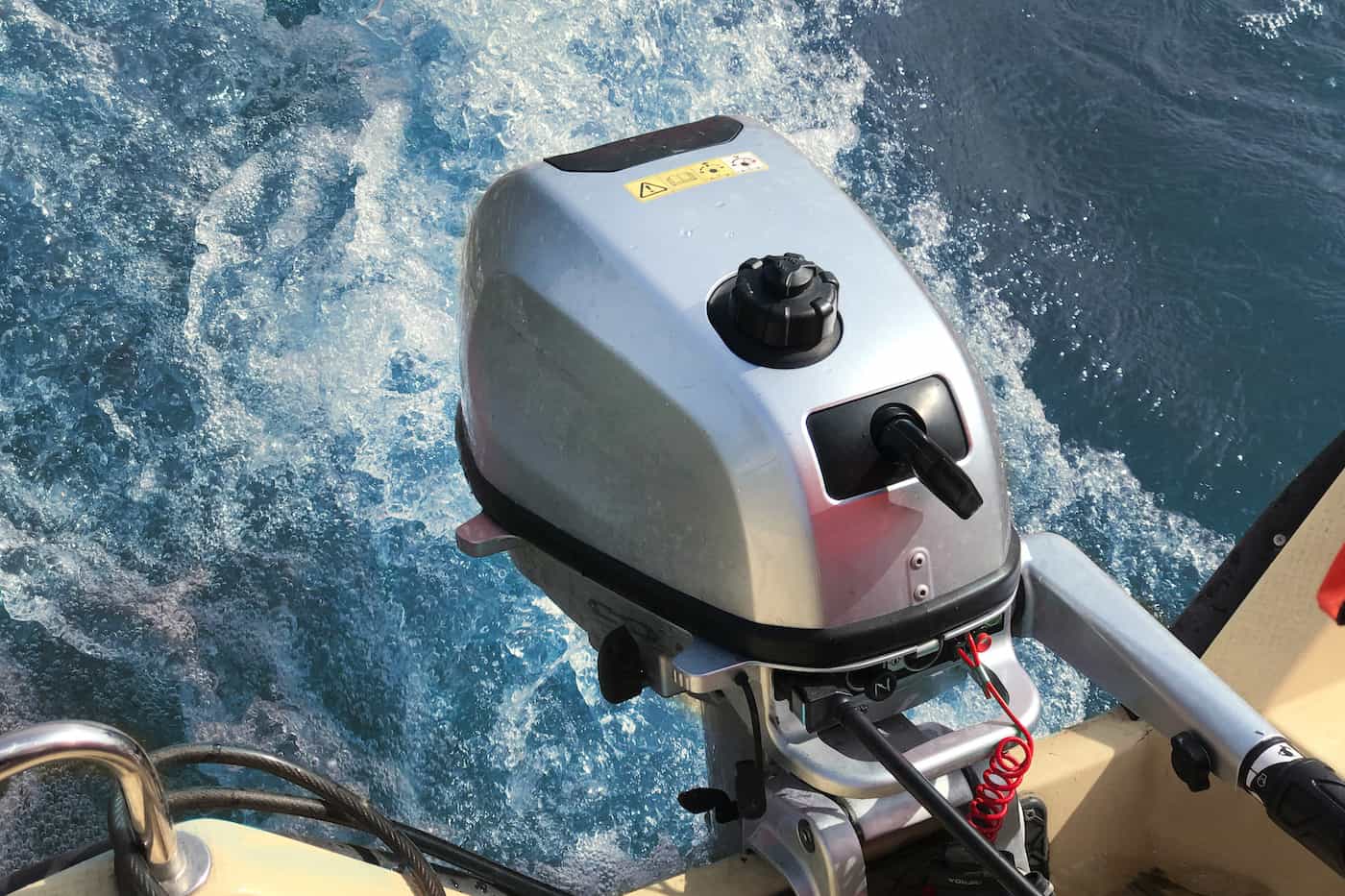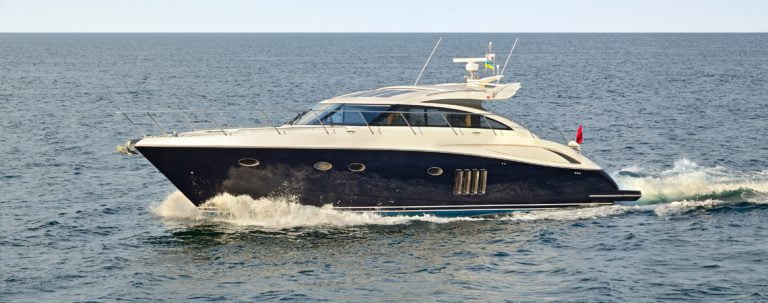To know if your boat motor is locked up, you will need to check the health of every cylinder if compression is enabled.
Locked-up doesn’t always mean the crankshaft will turn as usual. Instead, it means it’s immobile.
The piston is normally stuck within a cylinder, and that makes it unresponsive to movement. Note that the flywheel will remain immobile, too, if it doesn’t fit this case.
In this piece, we’ll cover:
- How to identify if your boat motor is locked up.
- What causes a boat motor to lock up?
- How to repair a locked-up motor.
- How to prevent your boat motor from locking up.
Identify if Your Boat Motor is Seized
One way to tell if your boat motor is locked up or seized is to remove the spark plugs from all cylinders.
The wires and spark plugs should be easy to remove with a spark plug socket and a socket wrench.
If you’ve problems removing them, then it may mean that there’s a larger rust issue in your boat. Try using a penetrating spray to aid loosen the bond.
Here are signs of a locked-up motor:
- The most prominent sign of a locked-up motor is a complete motor failure. That means that the engine won’t start.
- You will also hear loud clunking sounds from a locked-up engine because of the stater hitting the flywheel.
What Causes a Boat Motor to Lock Up?
Corrosion and rust are the leading causes of outboard seizing. Locked-up motors can also result from:
- Insufficient lubrication
- Worn components
- Long periods of storage.
How to Fix a Locked-Up Motor
Those people with less experience working on their own boat may see this as a problem that needs a boat mechanic.
However, all you need is patience, unique tactics, and a few products.
Here’s how to repair your seized or locked-up boat motor.
Lubricating the Locked-Up Motor
Freeing a locked-up boat motor is very similar to freeing a locked-up engine of most car types.
So first, you need to provide some source of lubrication to the locked-up motor before applying any pressure or force to free it.
And in most cases, the lubrication will have to sit on the motor for an extended period to penetrate.
If you allow the lubricant to sit for like 24-hours or a few days, you will definitely make the next step much less challenging.
Additionally, there are many products available to lubricate a locked-up boat motor. So, all you need to do is visit a nearby hardware store or a traditional superstore to get one.
Freeing a Locked Motor That Will Not Move
Here, you will need a tool (a screwdriver or a socket extension) and test it in all cylinders to find the one it goes into a medium length.
If you do this on the cylinder that the tool goes into the shallowest depth, then you won’t be able to push hard enough to free the locked motor.
It would be best if you didn’t also do this on the deepest cylinder since it may free or push in it without freeing the others. That may damage the pistol rods within the motor.
Once you’ve identified the cylinder, insert the tool or screwdriver in as far as it will go. You can press down on your tool or place your tool into the cylinder and use a hammer to tap it gently.
If you go for the hammer option, you need to begin lightly and start tap harder testing to avoid applying force than is necessary.
Potential Damage While Freeing a Boat Motor
You can damage the pistons when trying to fix a locked-up motor. The damage mainly occurs when you’re too forceful when using or placing your tool inside the cylinders.
So when testing, you should avoid shoving your tool or screwdriver too forcefully into the cylinders. Don’t hit too hard if you’re using a hammer to fix the locked-up motor.
How To Prevent a Locked-Up Boat Motor
It’s crucial to consider taking precautionary or preventative measures to prevent your boat motor from becoming seized again.
Here are three effective and simple preventative steps:
- Running or starting your boat often to get the motor working, helping it not to get stuck.
- Lubricating the cylinders to prevent further seizures.
How to Tell if Boat Motor Is Locked Up? Summary
To know if your boat is seized or locked up, you’ll need to check whether the cylinder cranks. If you do determine that your boat motor is locked-up, here’s how to repair it:
- Lubricate it and use some force or pressure to free the motor.
- Be careful to avoid damaging the pistons.
- To prevent a seized boat motor, you will need to lubricate and start your boat often – even if you don’t plan to ride it.




